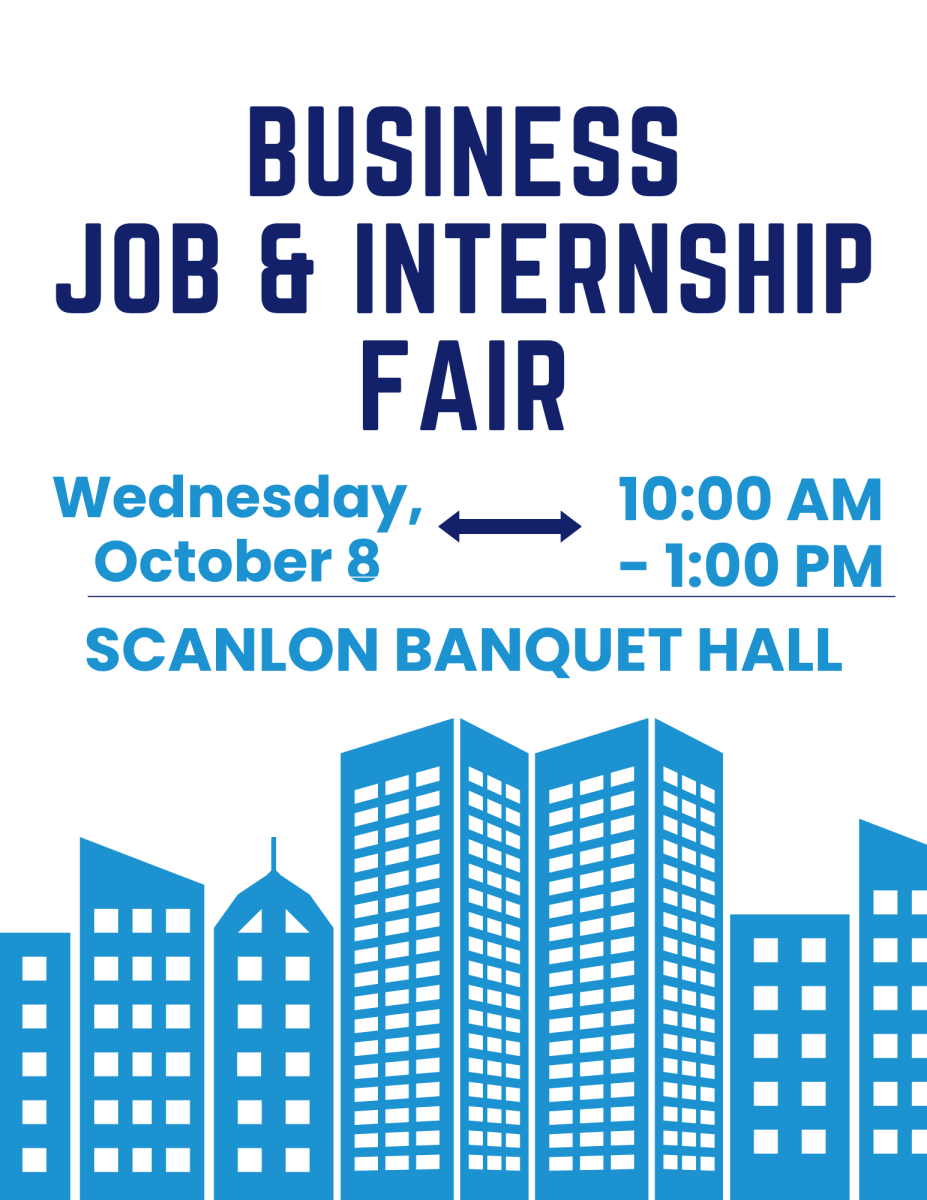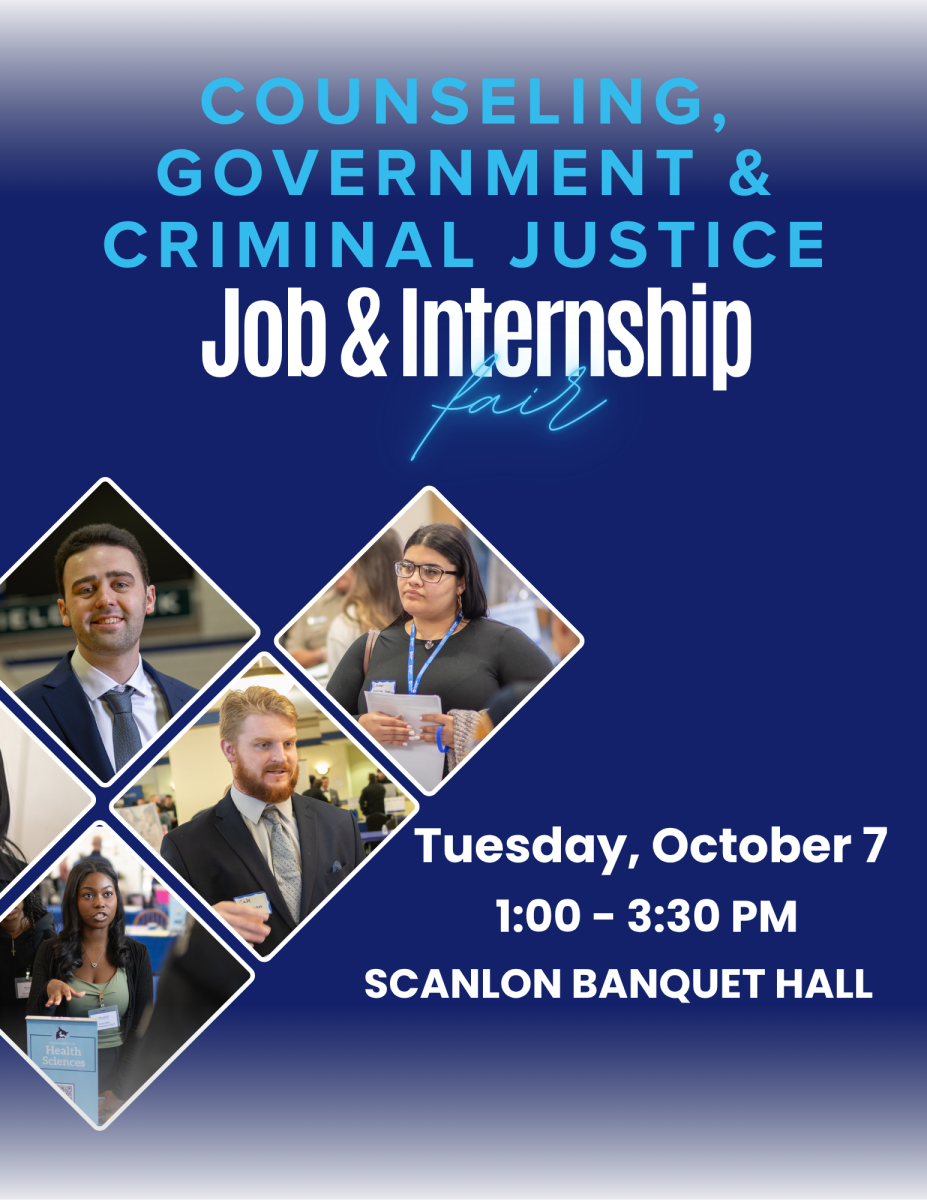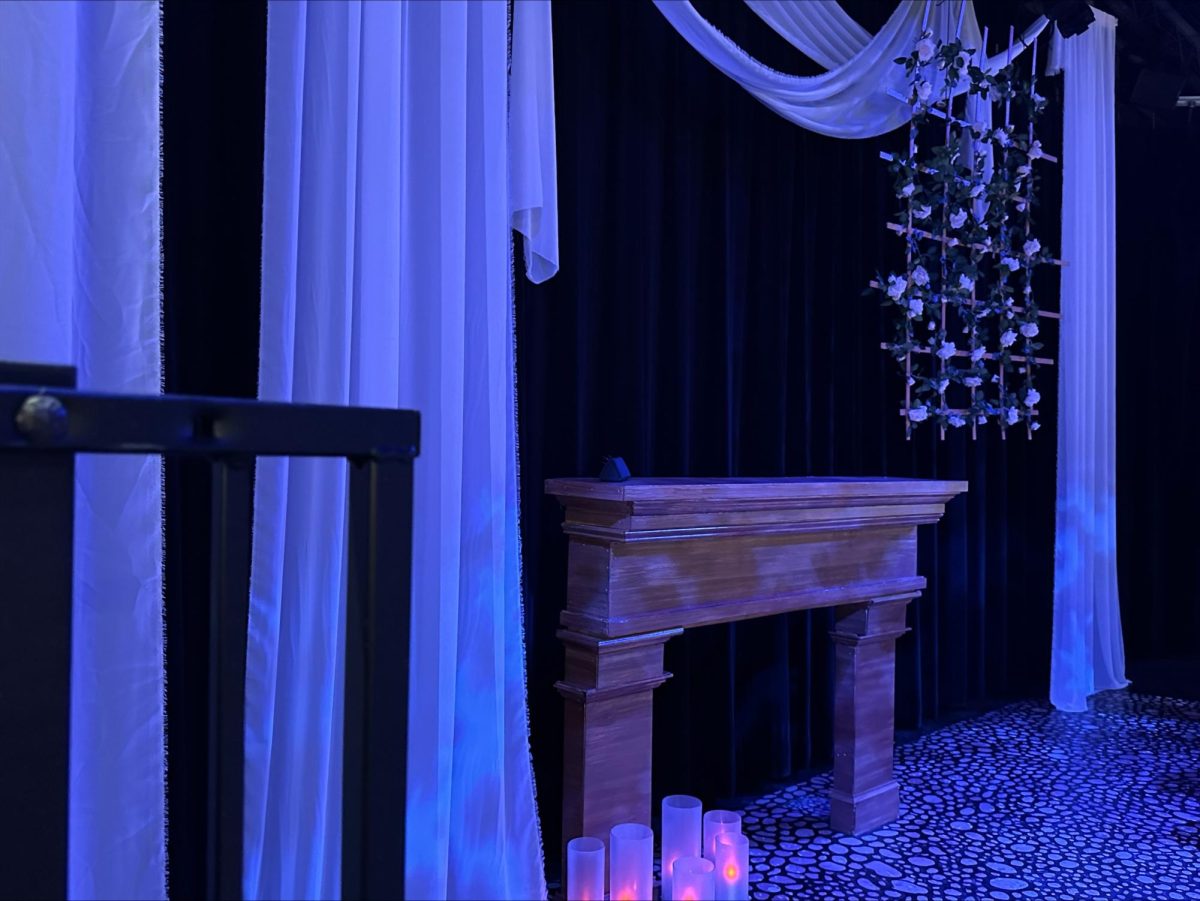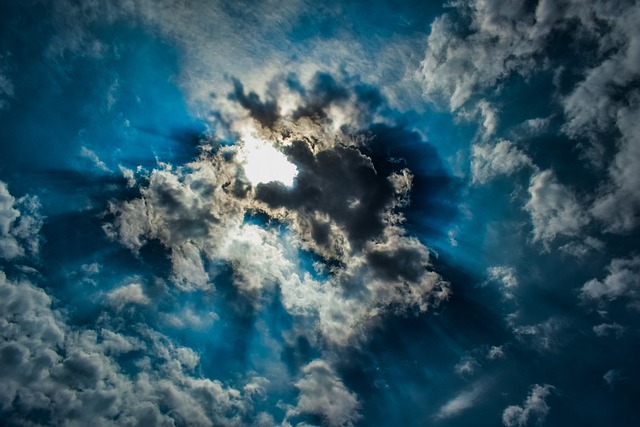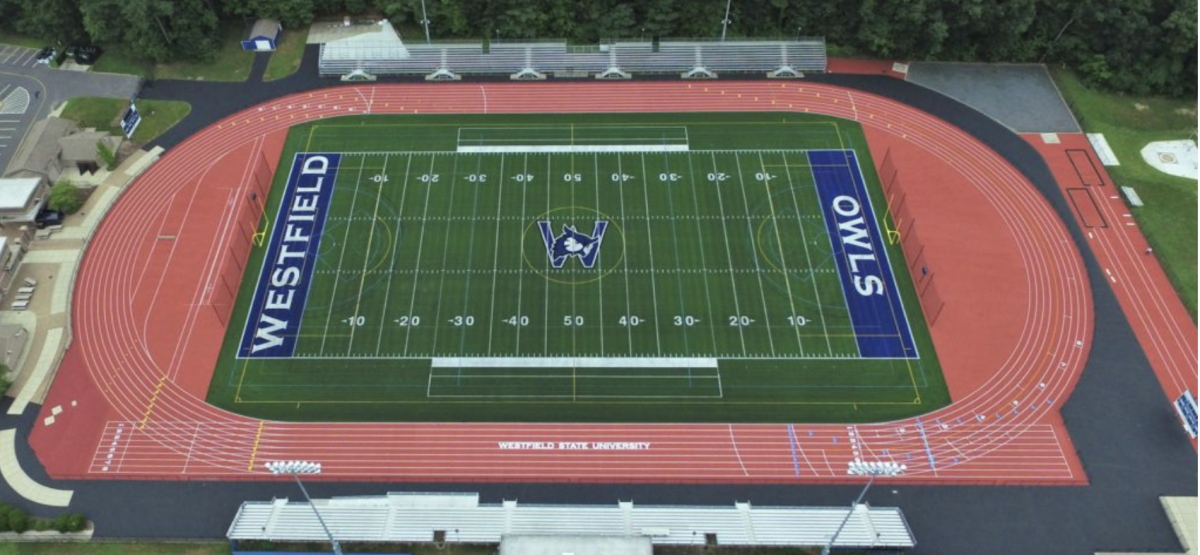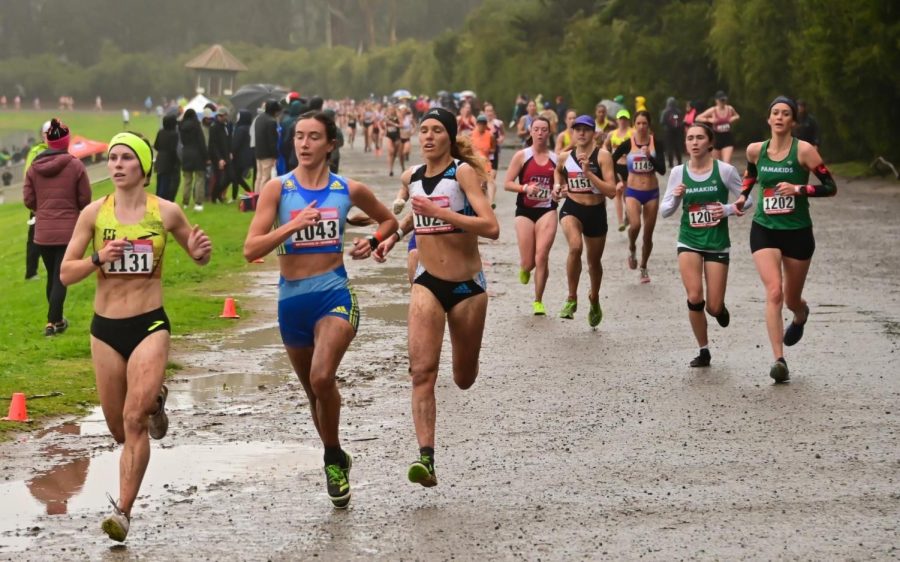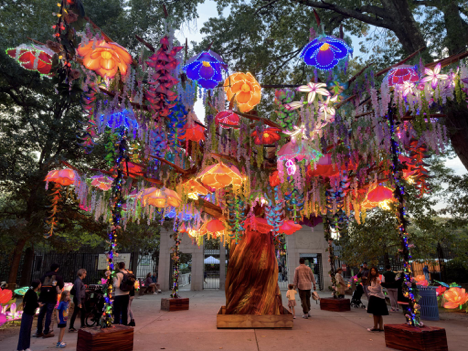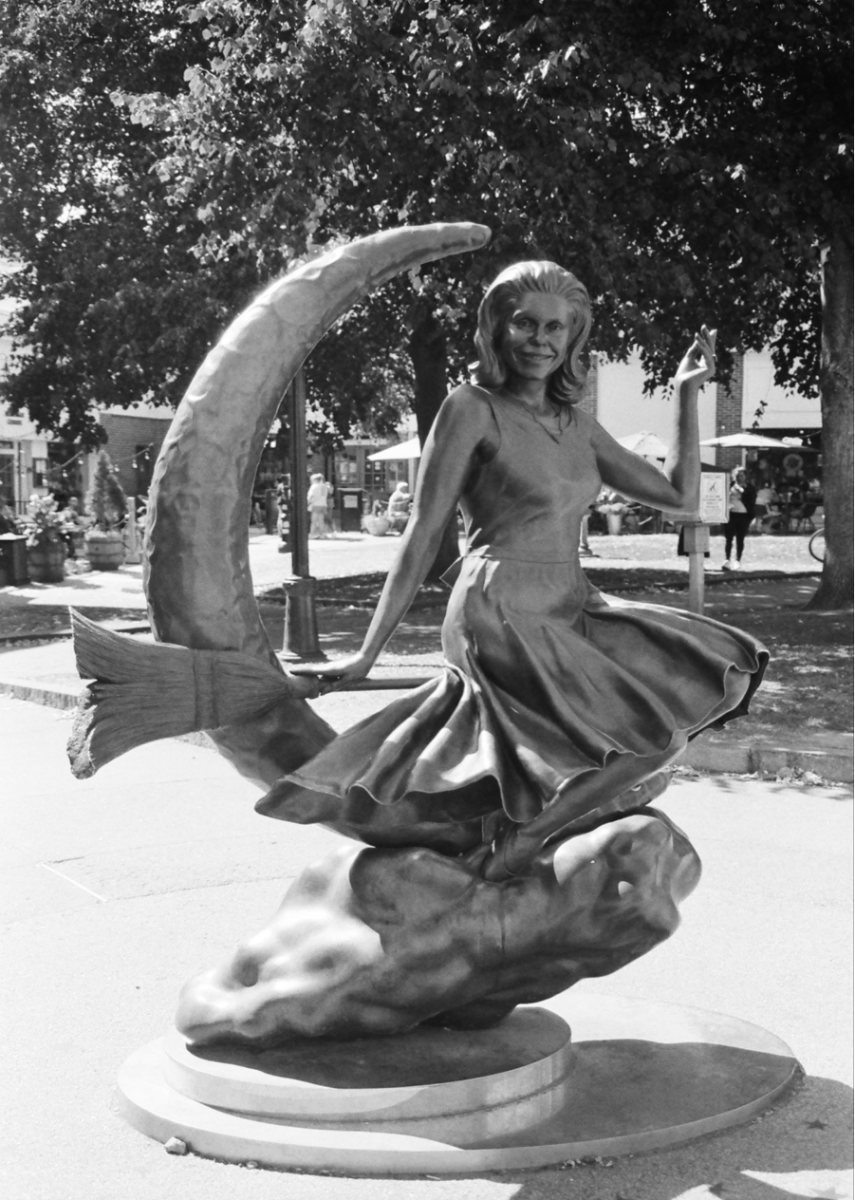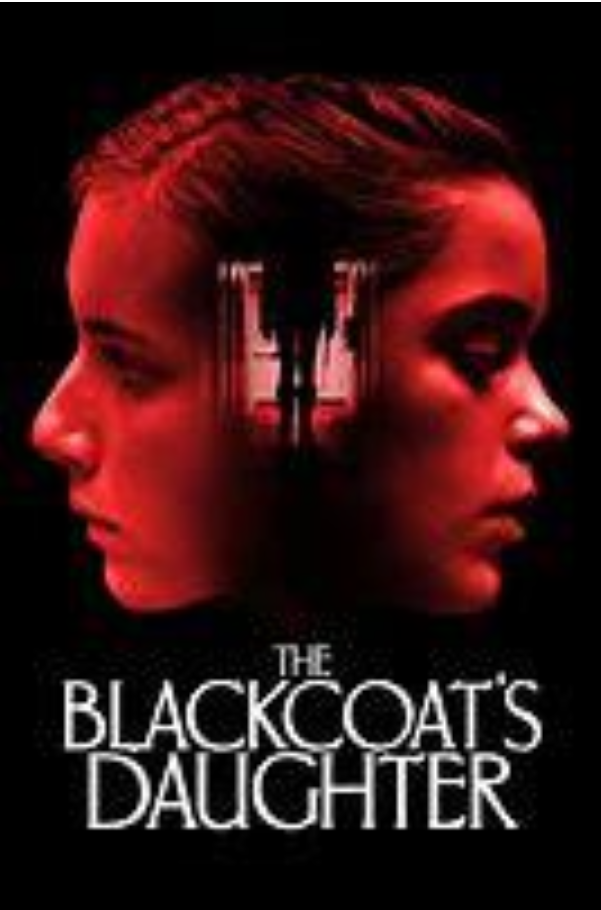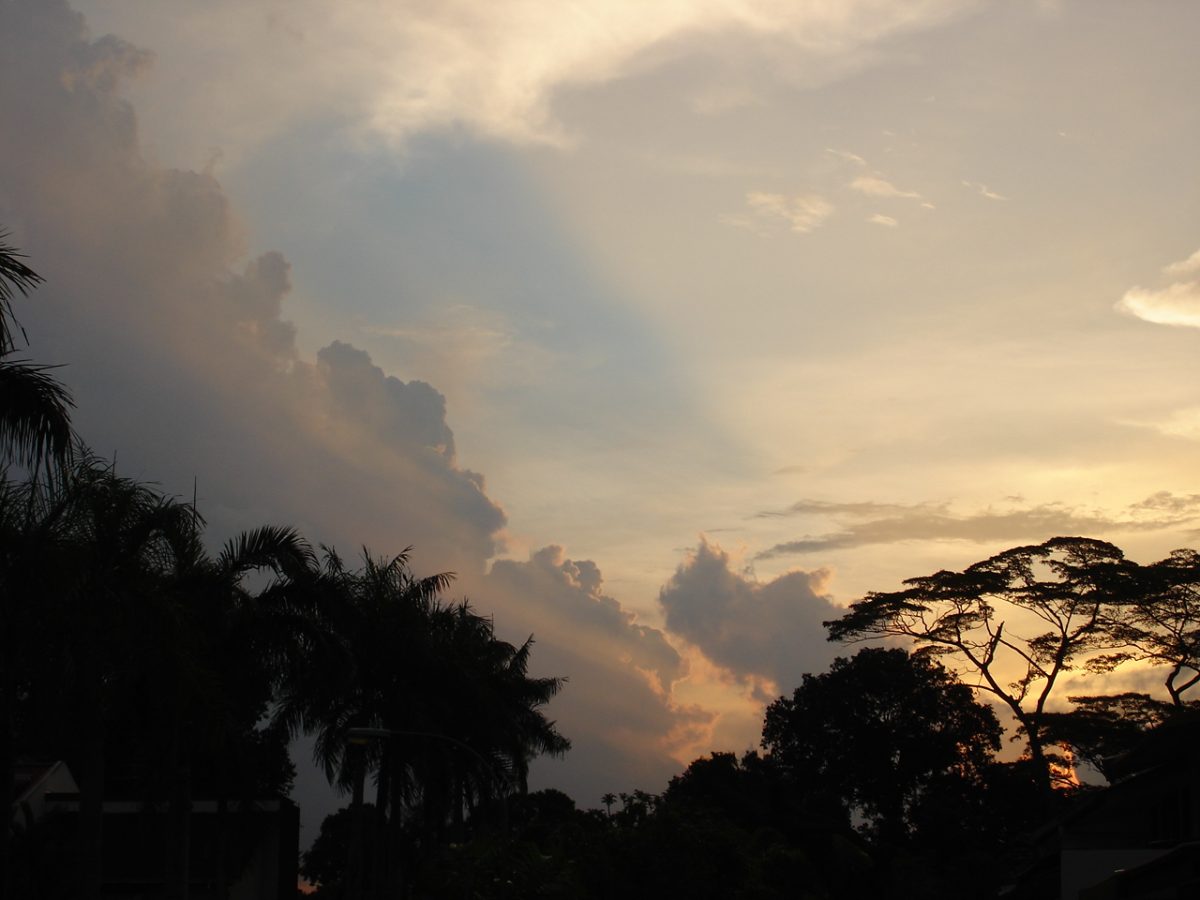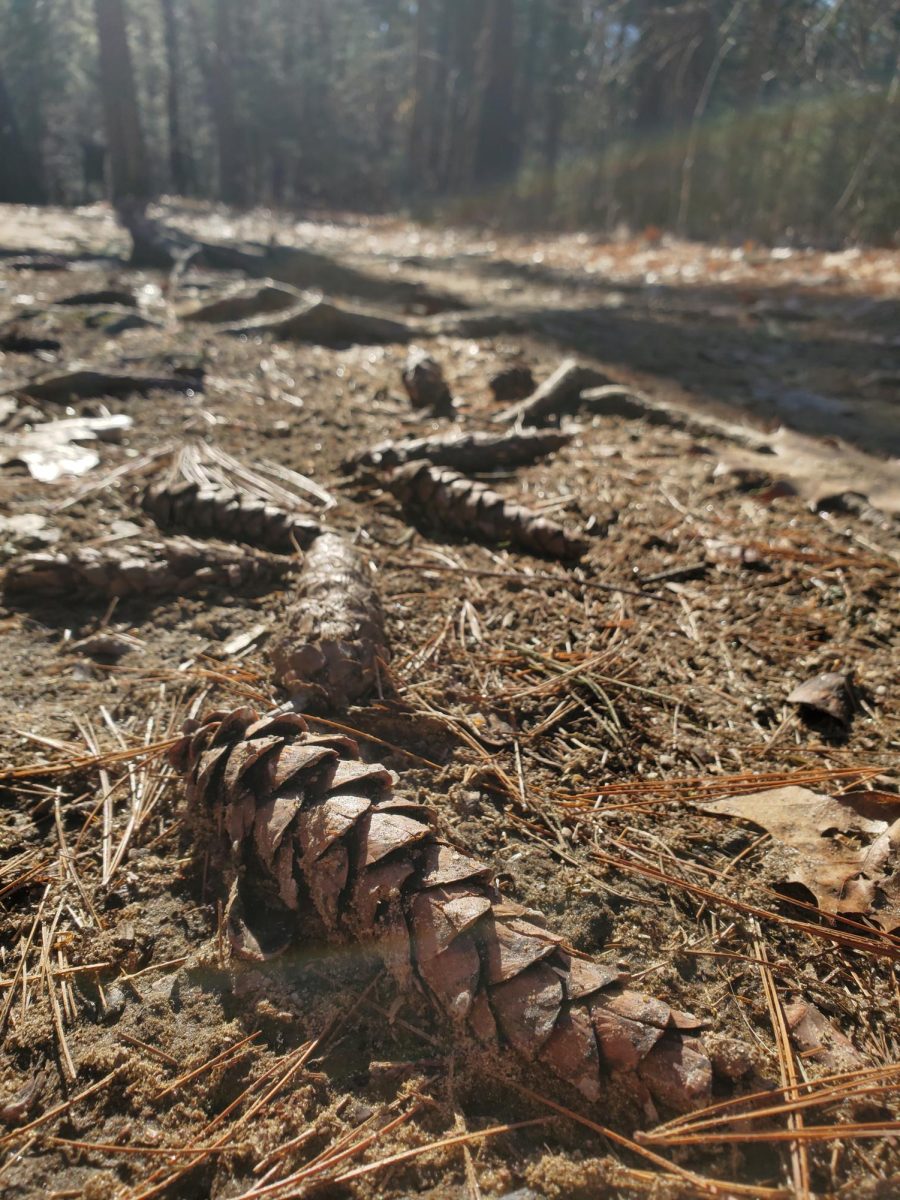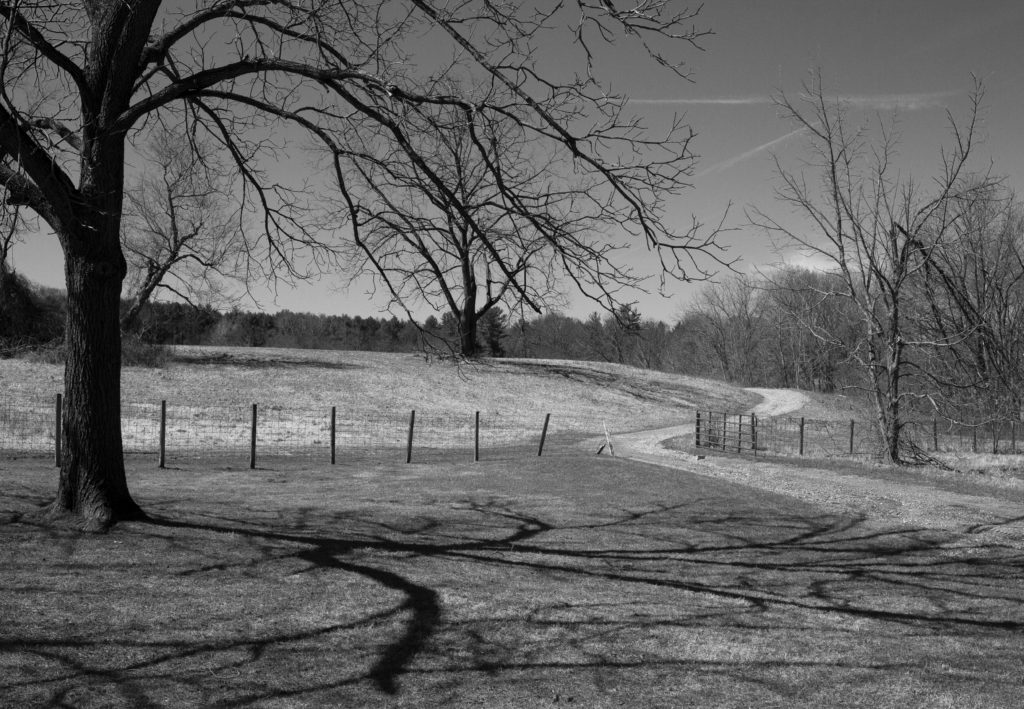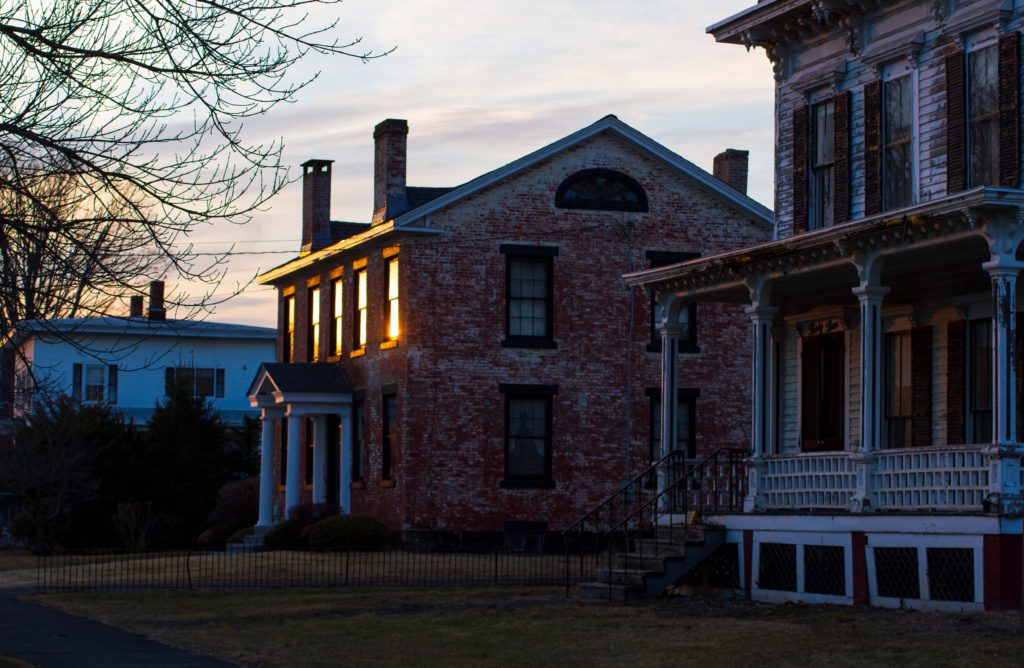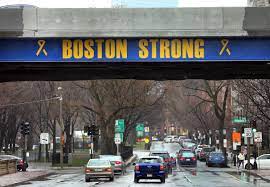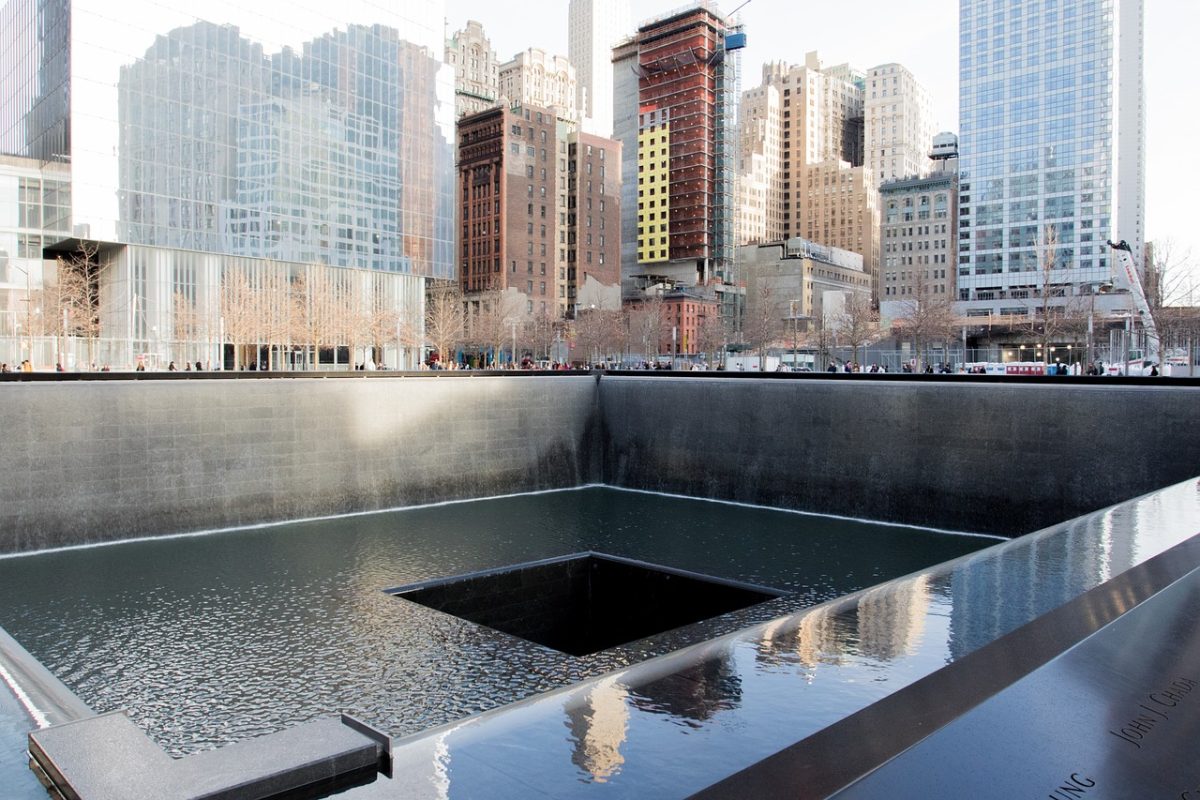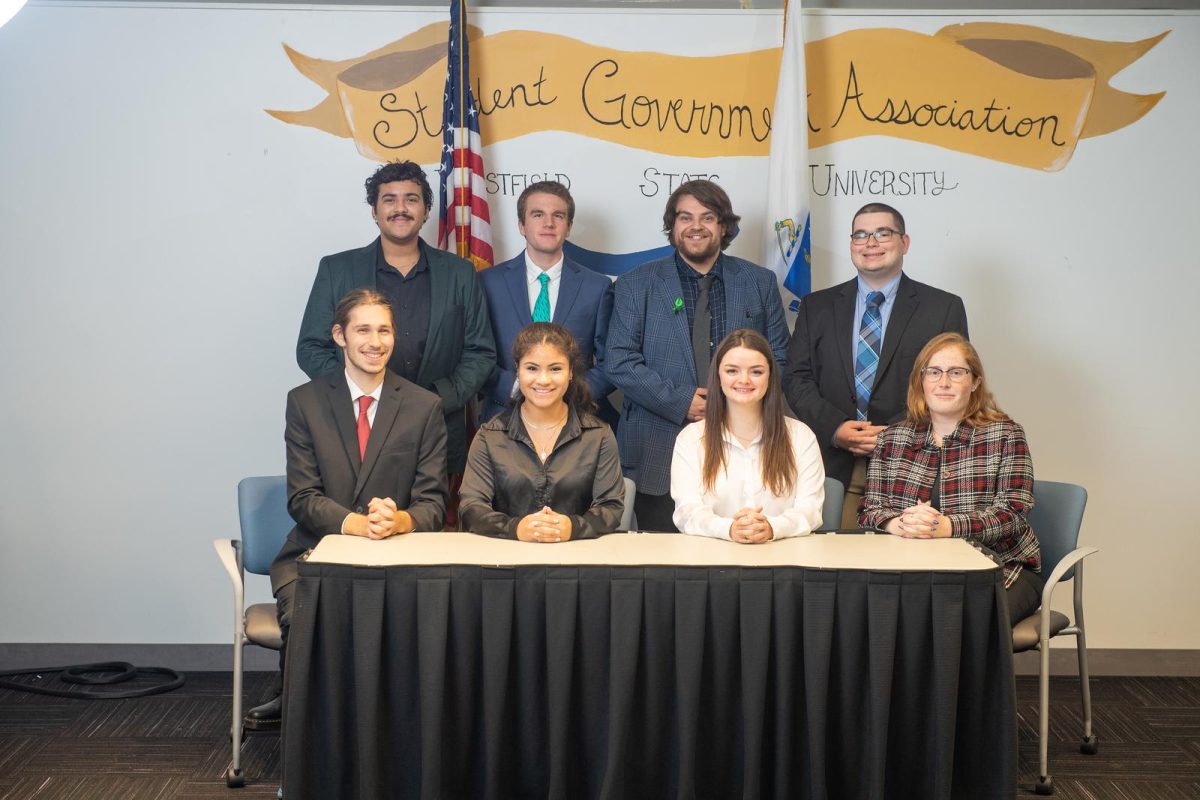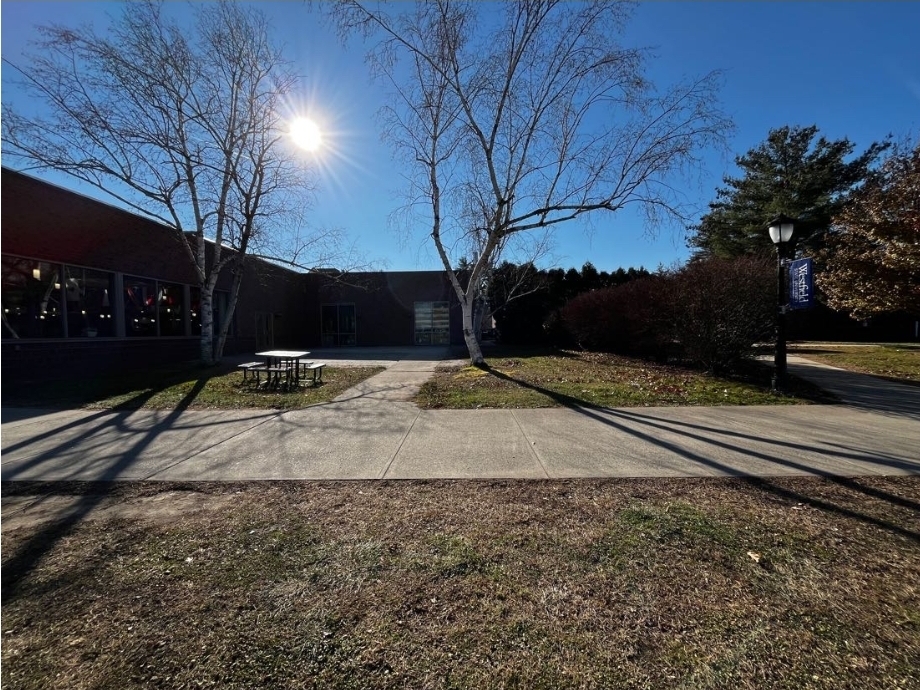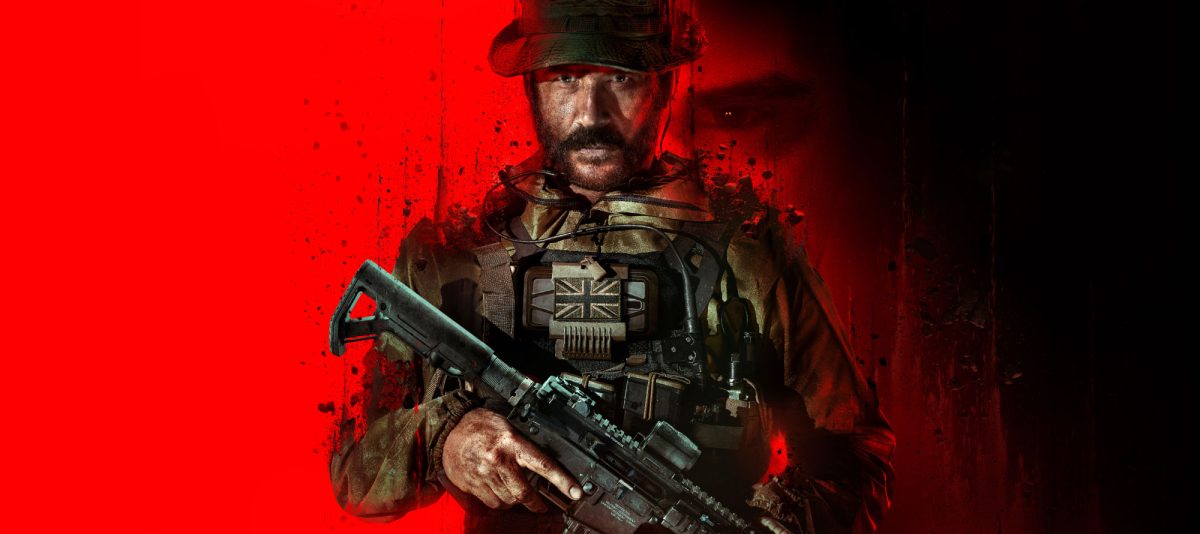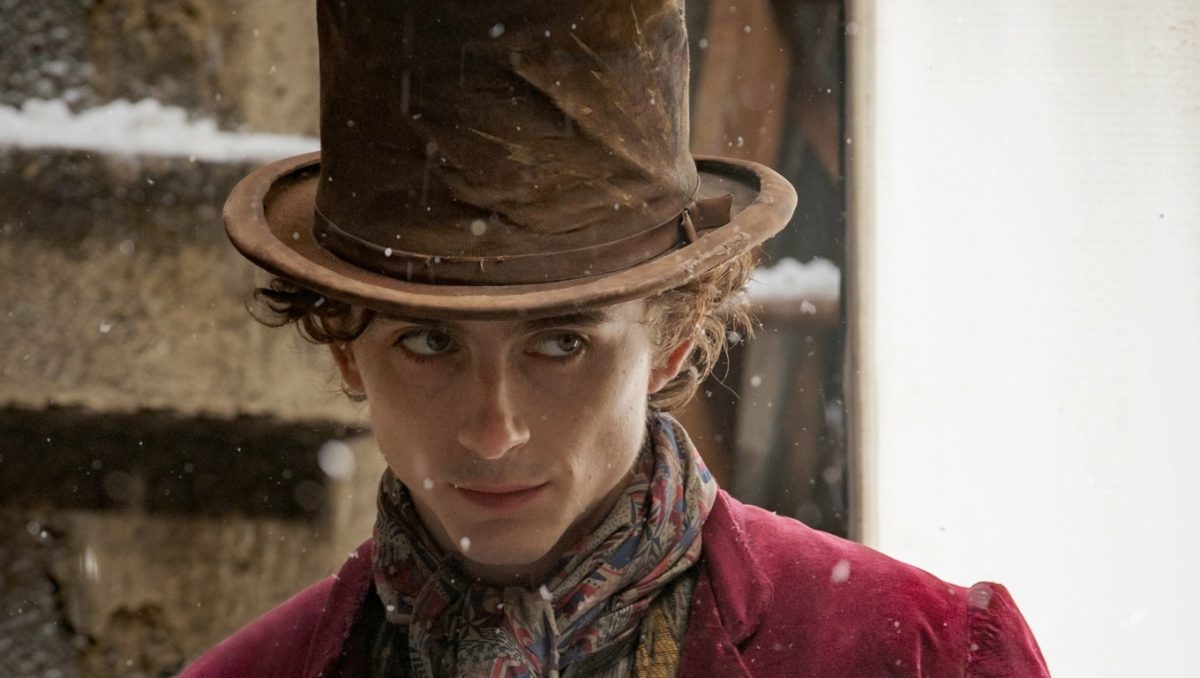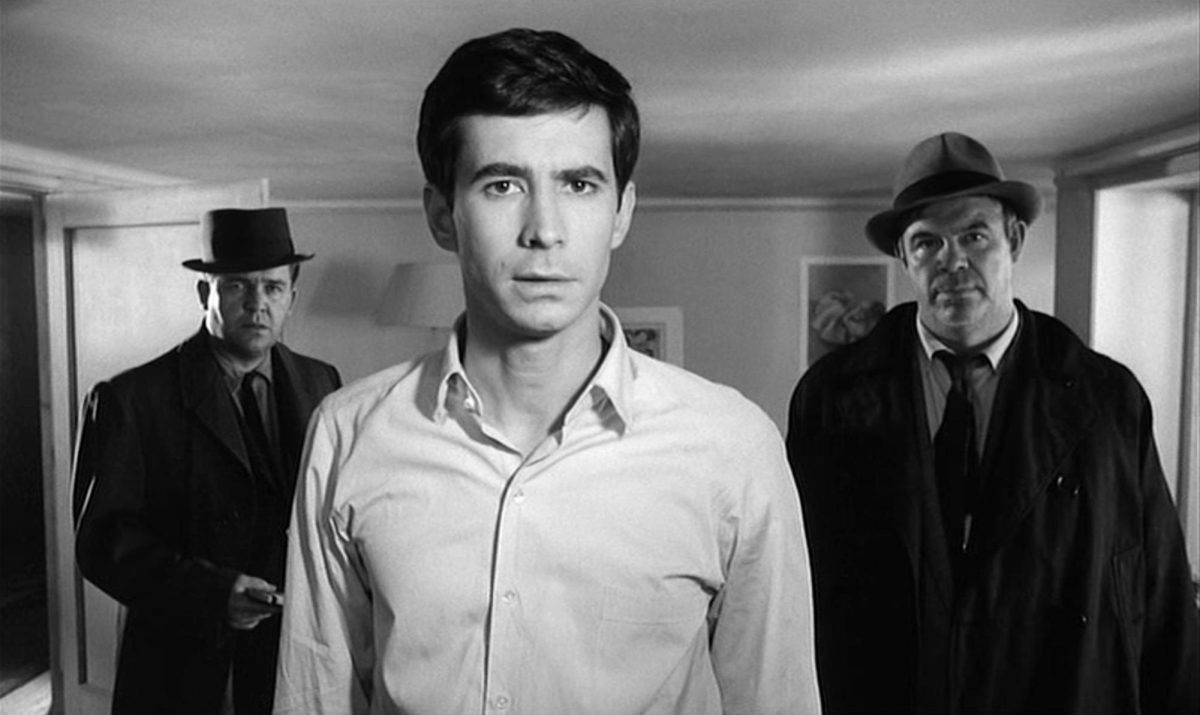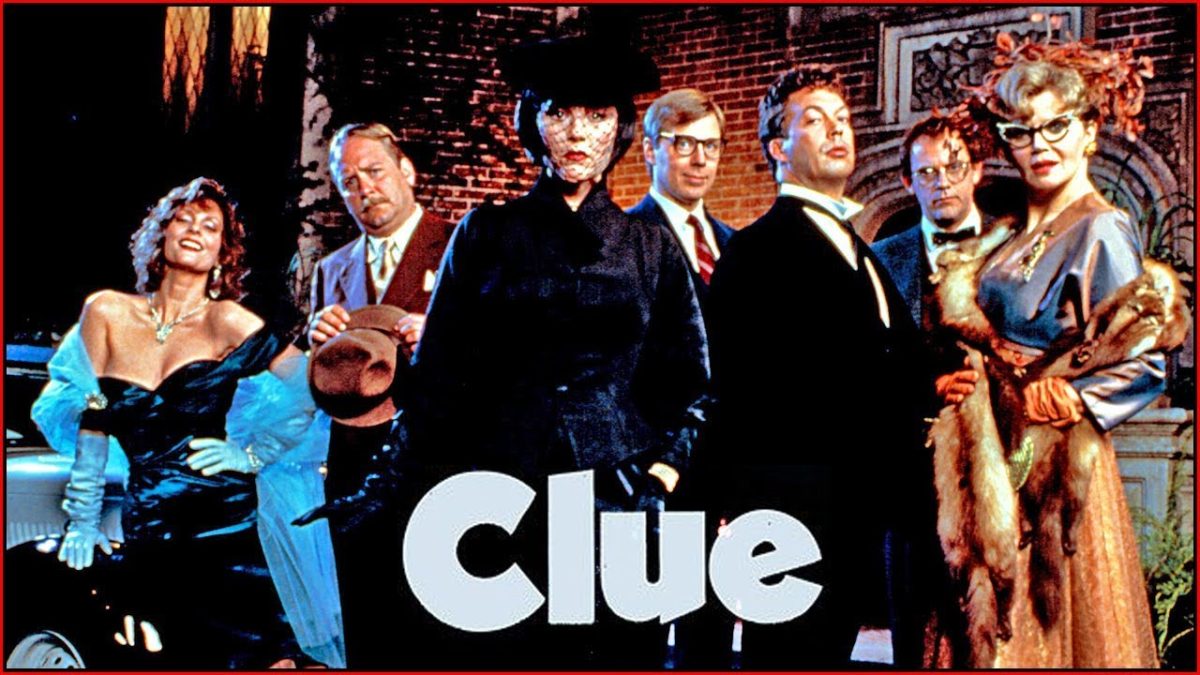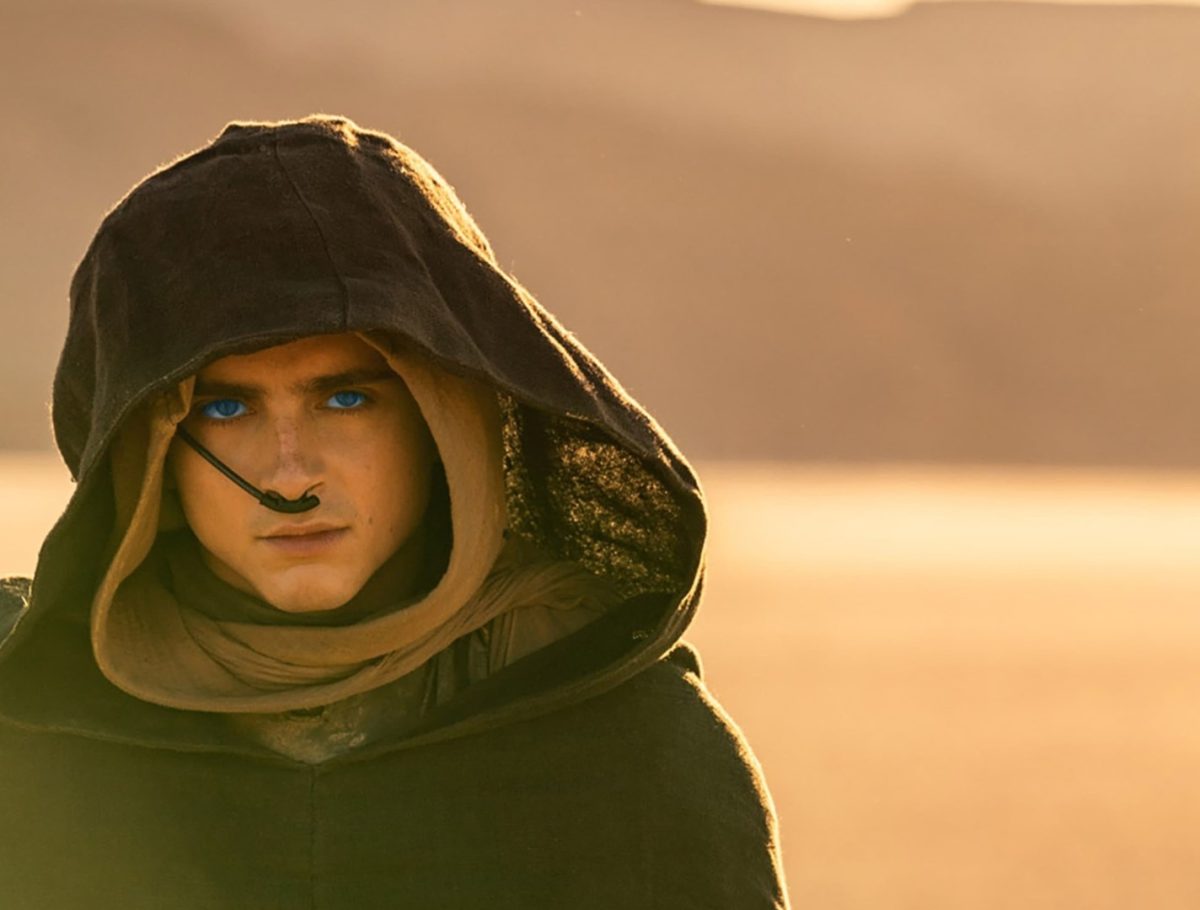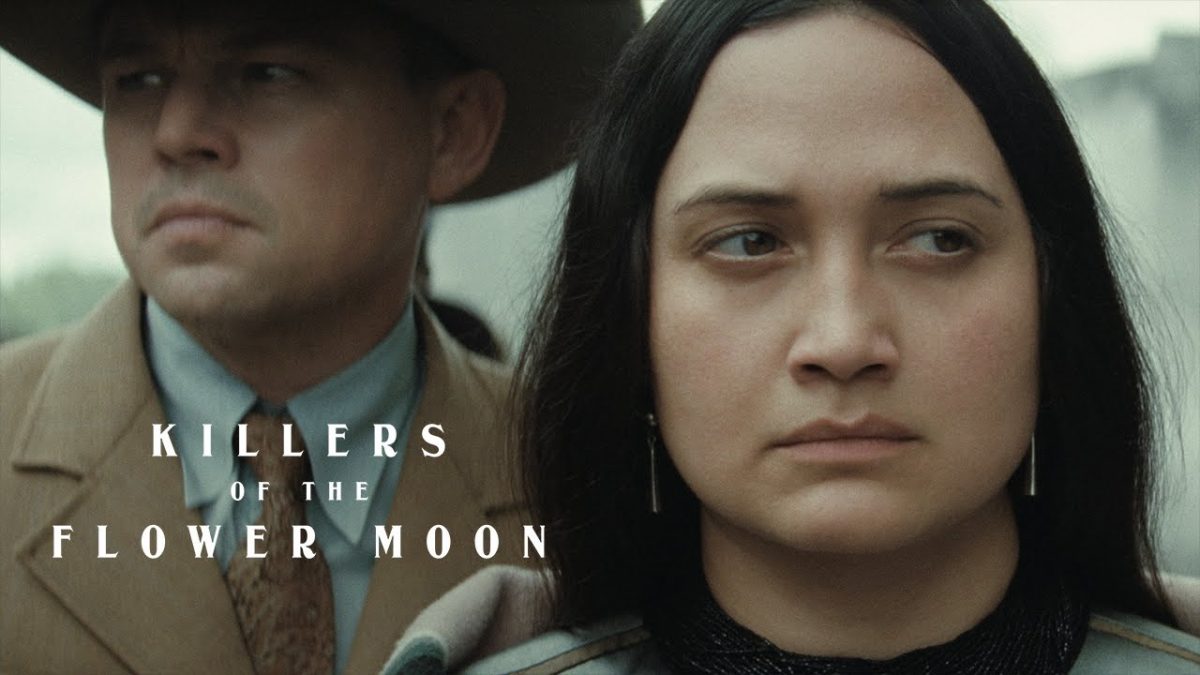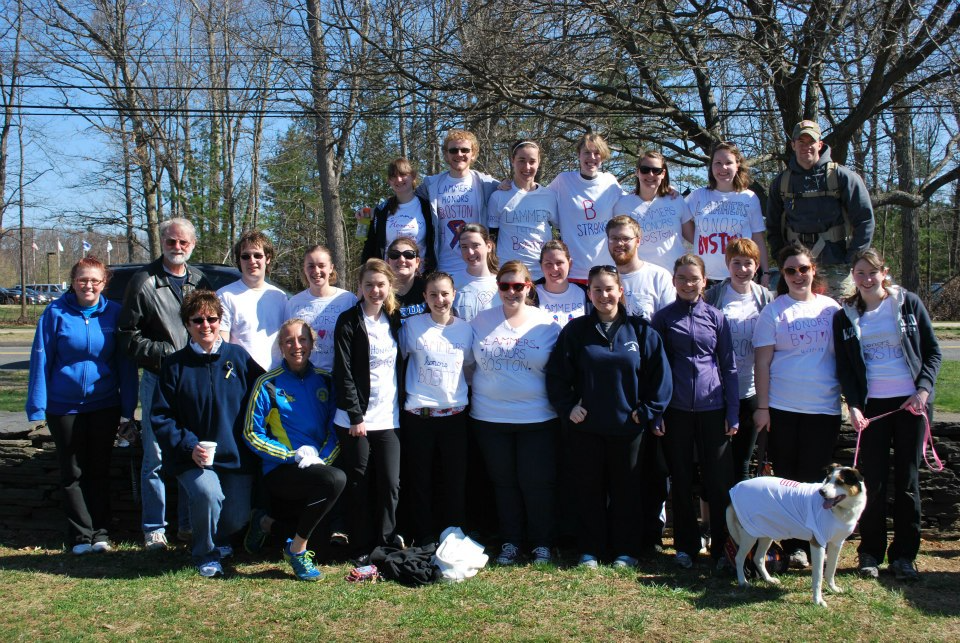
Credit: Vanessa Diana
For those that lived in the Commonwealth nine years ago, many of us remember where we were when we heard the news that an explosion had occurred at the finish line of the Boston Marathon – one of the most renowned athletic traditions for our region.
I was a mere elementary school student at the time on his April Vacation. Given the Patriots’ Day holiday, the New England Patriots offered a free photoshoot for interested families at Gillette Stadium with the mascot and cheerleaders in attendance. The line was long, but my brother and I were able to take a picture with my mother and put it in our Christmas card. We enjoyed our first Five Guys lunch that day before traveling back to our house.
It was there that we learned of the tragedy that was unfolding on Boylston Street and the heroism of the first responders, spectators, and runners who tended to the wounded. I stared at the screen with terror in my eyes as I realized that terrorist attacks could happen in my own backyard.
But imagine actually being a runner at the time who trained to conquer the 26.2 mile course only to have their achievement overshadowed by murderers who wished to snuff out the joy of the event and incredible spirit of Bostonians.
Professor Vanessa Diana, an English Professor at Westfield State University and former Director of the Honors Program, ran the Boston Marathon on Monday, April 15, 2013 – a date seared into the minds of all Massachusetts residents.
Diana began her day imbued with confidence ahead of the long journey ahead and gratitude for the collection of students and staff members who had gathered in Hopkinton to wish her well in the forthcoming race, including then-Vice President of Student Affairs Carlton Pickron.
But that confidence soon turned to outright fear as terror descended on Boylston Street.

Credit: The Ely Library – University Archives
“[I was] a few blocks from the blast when it happened,” Professor Vanessa Diana noted in a reflection she wrote for The Westfield Voice in the immediate aftermath of the attacks. “The T closed down, so we had to walk back along the race route to find transportation to our car in Newton, which meant we saw a lot of terrified family members and freezing runners trying to find their loved ones.”
Running at times at the orders of police after a grueling marathon in order to escape potential harm, Professor Diana eventually made it back to the relative safety of western Massachusetts while the City of Boston and the surrounding suburbs descended into pure chaos as the FBI and other law enforcement agencies began a tireless search for Tamerlan and Dzhokhar Tsarnaev – the pair of brothers responsible for the senseless killing of innocent spectators at the finish line of the Boston Marathon.
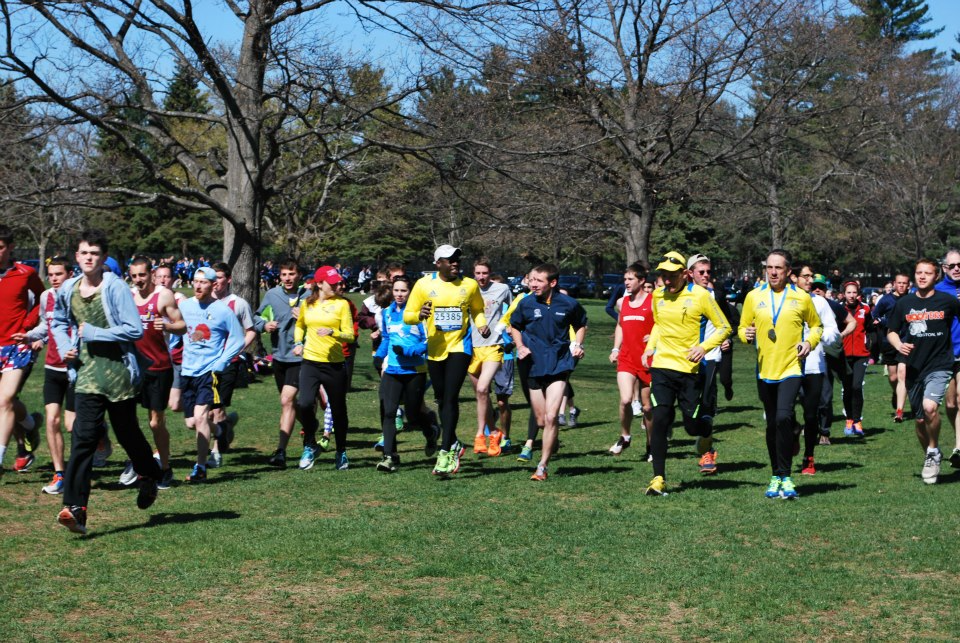
Credit: Vanessa Diana
Upon returning to Westfield, Massachusetts, Professor Diana was inundated with messages wondering if she was okay (cell service was out in Boston). But instead of cowering in fear, Professor Diana and the local running community stood up for the victims of the marathon tragedy and decided to act. “My local running team organized [a run at Stanley Park] as a fundraiser for the One Fund, [which] support[ed] victims of the bombing,” Diana noted, with the effort raising over $7,000 for those seriously injured in the attack.
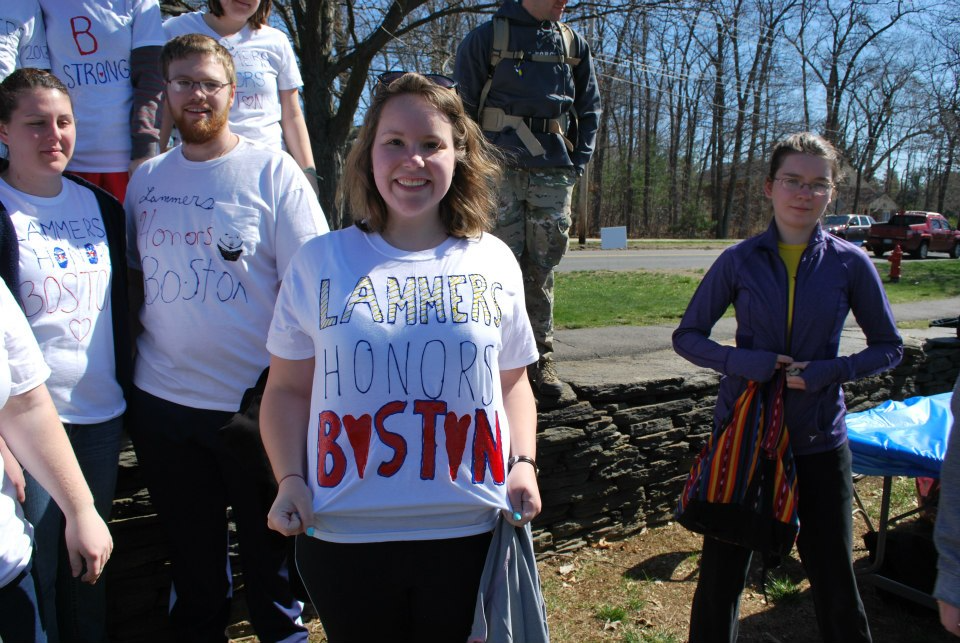
Credit: Vanessa Diana
But it wasn’t just a small collection of runners that made that event possible, but the entirety of the Westfield State community. At the time, Professor Diana served as Assistant Director of the Honors Program, with members of the Honors Program throwing their full support behind her. Members of the Honors LLC sported handmade shirts reading “Lammers Honors Boston,” a nod to their residency in Lammers Hall and enrollment in the Honors Program at Westfield State University.
Students in Professor Diana’s courses were equally as supportive while sharing their own personal stories and staying up-to-date on news surrounding the manhunt. Diana noted that she was “teaching a class on Friday that week while students from Watertown watched on their cell phones as police apprehended one of the bombers,” marking what would be the end of a terrifying week in the history of the Commonwealth and our nation.
Professor Diana had the opportunity to run once again the following year for what may have been billed as a ‘return to normal,’ but it was anything but that. Running alongside those who had lost limbs was particularly moving for her, but as she approached Boylston Street in the heart of Boston, she was overwhelmed with emotions.
“Running down Boylston Street to the finish, the iconic row of flags fluttering at the site of the explosion that killed 3 people, the crowd cheered so loud [that] the sound shook me to the core. I cried as I crossed the finish line,” Diana added, “thinking about those who died and lost limbs but also understanding what it looks and feels like when a group comes together to heal from a tragedy.”
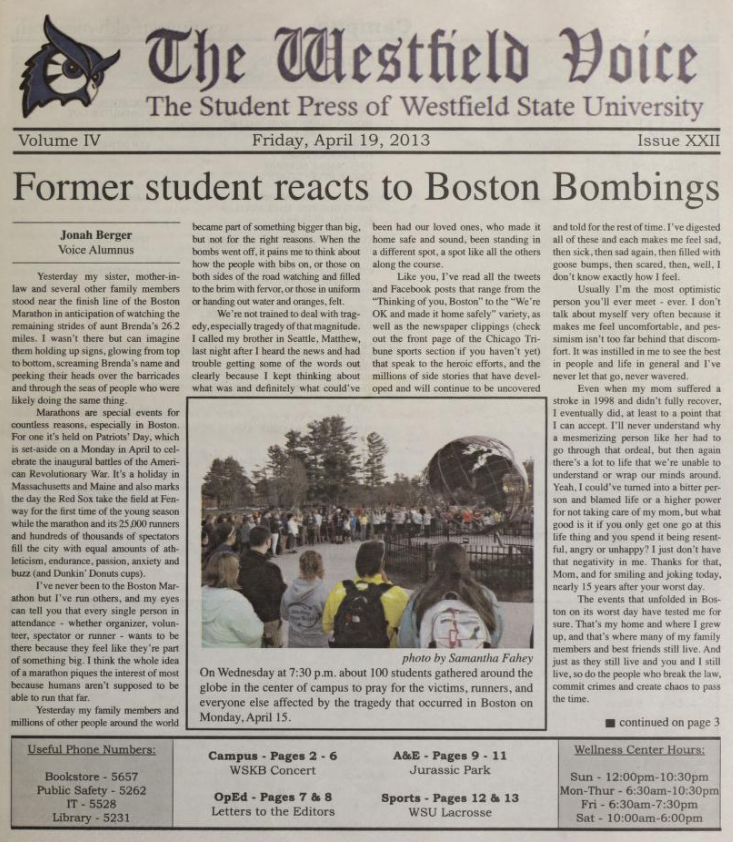
Credit: The Ely Library – University Archives
As we move out of the COVID-19 pandemic, Professor Diana hopes that people will take note of the communal atmosphere that enveloped the Commonwealth of Massachusetts and the Westfield State University community in the aftermath of the Boston Marathon Bombing and “find that spirit of healing and community cohesion” as we adjust to this return to normal life once more.
The challenge for us is whether we are willing to accept this tall task before us. Will we be like the spectators at TD Garden in the wake of the Boston Marathon Bombing who sung the Star-Spangled Banner in one united voice and inspired many across the world, or will we remain divided, thus leading us to further strife in an already polarized world? Let’s take note on the ninth anniversary of the Boston Marathon Bombings and reaffirm our commitment to treat each other with respect to give back to the community through charitable works.
A special thanks to Professor Vanessa Diana from the English Department on providing commentary for this article.
